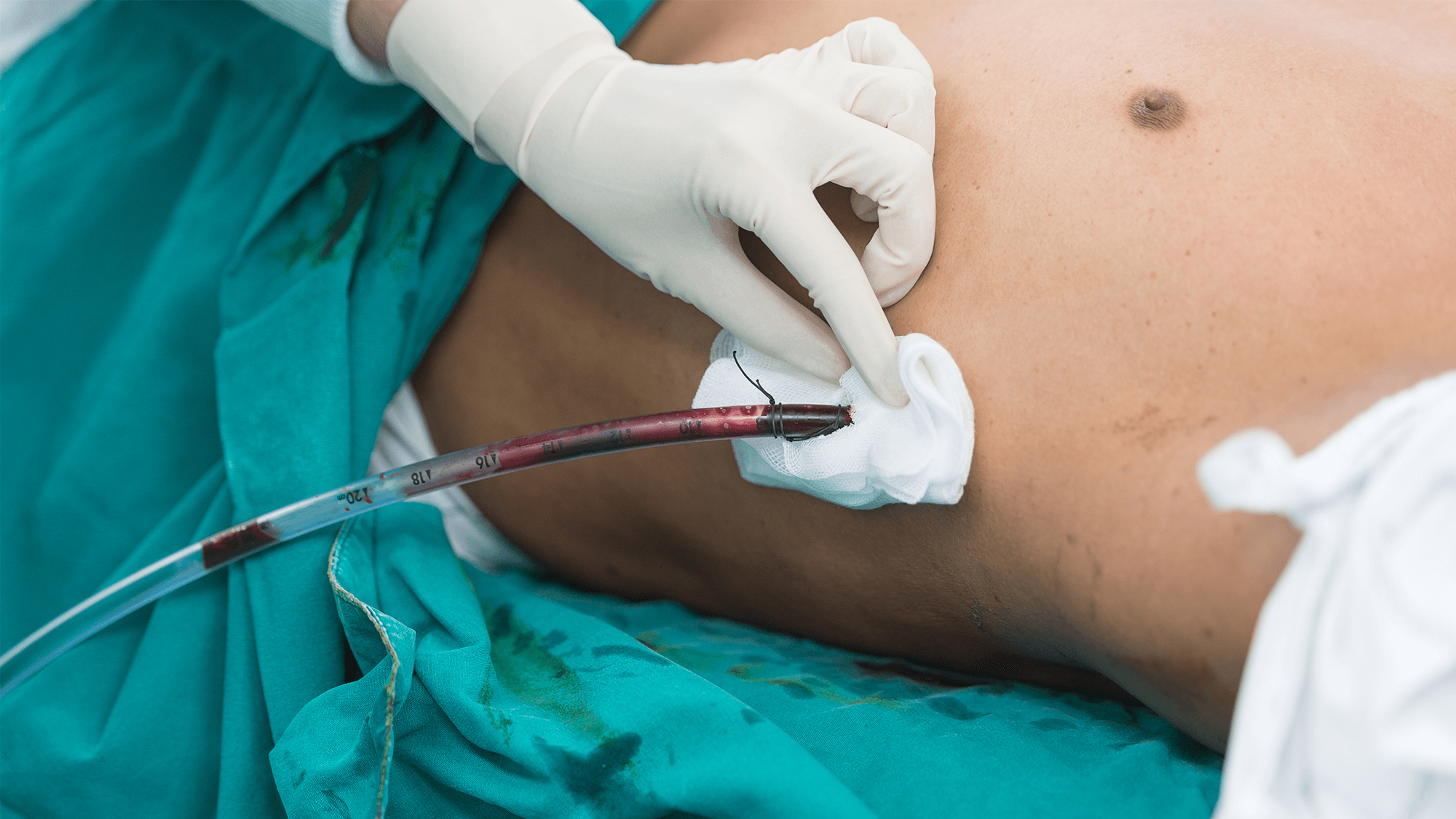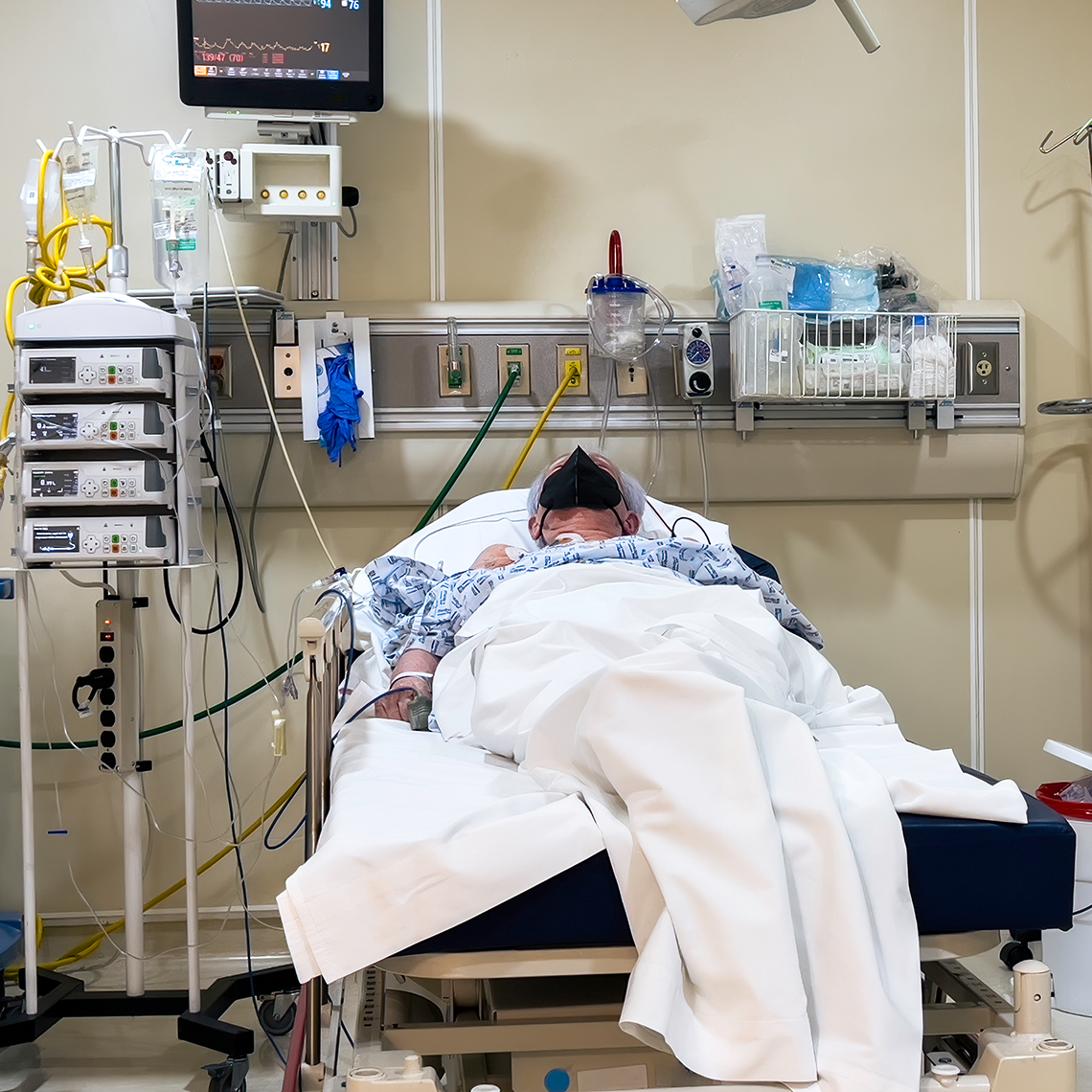20% of cases involve at least one documentation failure, moving the defendant’s chance of winning a case from likely to unlikely.
Case Study
Inadequate Documentation Complicates Review of Chest Tube Placement

Description
A patient received a settlement after experiencing a liver laceration following a chest tube placement, which required emergent surgery and prolonged hospitalization. Poor documentation put the provider’s technique and standard of care into question.
Clinical Sequence
Following thoracic surgery, a post-operative X-ray revealed a right pleural effusion requiring drainage. The physician reviewed the risks, benefits, and alternatives of chest tube placement with the patient, and informed consent was signed. A chest tube was placed without image guidance with one liter of drainage. No complications occurred at the time of placement. A post-procedure stated that the catheter was placed using the Seldinger technique but did not detail other techniques that were used. Shortly after the procedure, the patient became hypotensive with new bloody drainage from the chest tube. They were taken emergently to the operating room where a liver laceration was identified and repaired.
Allegation
The patient alleged that the physician used an improper technique to place the chest tube, which led to a liver laceration requiring surgery and prolonged hospitalization.
Disposition
The case was settled in the low range.
Analysis
Clinical Perspective
Expert reviewers supported the decision to place the chest tube and informed consent detailing the risks, benefits, and alternatives. However, experts questioned if the standard of care was met given the placement of the catheter being potentially lower than normal. Additionally, they were critical of the procedure documentation, which did not describe the procedure including where the tube was placed or how anatomic landmarks were identified during placement.
Patient Perspective
The patient had questions about the complication—without clear documentation about the procedure prior to the complication, they questioned whether proper technique was used to place the chest tube.
Legal Perspective
Experts agreed with the decision to place the chest tube, noting that the complication, although uncommon, is a known complication. However, the patient experienced an uncommon injury, and the lack of detailed procedure notes complicated the review and determination of whether the standard of care was met.
Key Lessons
- Communicating with patients after a complication or unexpected event is important to maintain or rebuild trust.
- Documenting your medical decision-making, operative, or procedure notes establishes your clinical reasoning.
- Documenting clinical notes in real-time before learning of a complication or adverse event has heightened reliability if named in a malpractice case.
Discussion Questions
- What do you include in your procedure notes? Does your note include conversations with the patient/family, your medical decision-making, and a description of the procedure?
- Do you know who to contact after a complication or adverse event to help with disclosure and patient/family communication?
- Are there opportunities to participate in simulation courses for ongoing training and skill development with bedside procedures?
Resources

See More MPL Cases
Medication Mix-up Contributes to Patient’s Death


When Test Results Go Unspoken

Despite Advances in Technology, Retained Surgical Items Still Occur

